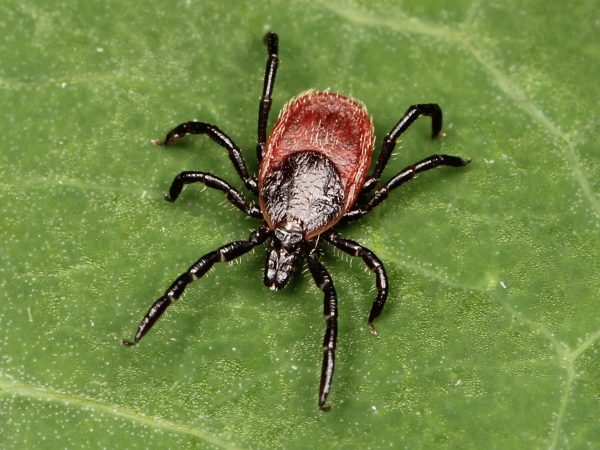Aggressive fear push on Lyme disease by the media just part of the plan to roll out a new Lyme vaccineFriday, September 08, 2017

(
Natural News) Lyme disease cases are on the rise in the Western world, and pharmaceutical companies are hoping to cash in on the illness with the help of a new vaccine.
In the U.S., the number of confirmed cases of the tick-borne illness in 2015 was nearly 29,000, compared to 23,000 ten years earlier. Lyme disease
can be treated with antibiotics if it is caught early. The CDC reports that those patients who get antibiotics during the early stages of the illness normally recover quickly and completely, and those who take antibiotics in later stages also tend to respond well.
The distinctive erythema migrans rash that occurs in around 70 to 80 percent of those infected starts at the site of the tick bite anywhere from three to 30 days afterward and expands to cover an area of 12 inches across, or more. It is not usually painful or itchy, but it can feel warm. It can clear up as it enlarges, which gives it the appearance of a target or bulls-eye.
While this telltale circular rash at the site of the tick bite can point to the presence of this illness, not everyone will get it, and only around one out of every three patients even remember getting bitten by a tick. Some of the
other signs to look out for include fever, severe headaches, a stiff neck, drooping on one side of the face, and irregular heartbeat. Lyme disease can be diagnosed with a blood test in many cases.
When left undiagnosed, however, its effects can be more far-reaching, with about a quarter of those afflicted experiencing nervous system problems like numbness and memory issues. This has prompted some opportunistic experts to refer to the problem as a “ticking time bomb.”
Creating panic to build up vaccine demand
These scare tactics are just priming everyone for an
upcoming Lyme disease vaccine that scientists have recently developed. They claim it can provide “100 percent protection” from the illness using an antibody that prevents it from passing into the human body from a tick. It works by attacking the bacteria within the tick as soon it bites.
The vaccine, which is known as VLA15 and is being developed by Valneva, is expected to start a large trial early next year as part of the Fast Track pathway to FDA approval. The
observer-blind study will involve 180 subjects in the U.S. and Belgium.
The idea is to offer a seasonal injection of the antibody in the spring, and its effects could last throughout the high season. Tick bites are more common in the period from late spring to autumn because that is when people are more likely to participate in activities outdoors like camping and hiking.
The developers of the vaccine say it has not shown adverse side effects, but more testing must be carried out and it could take a few years before it gains FDA approval.
In the meantime, the media will do its best to scare everyone into getting the jab. A recent piece in the
Daily Mail stokes fears that it will become an epidemic, despite the fact the number of confirmed cases has only risen by 6,000 in the years from 2005 to 2015 in America. It’s hard not to draw comparisons to the flu vaccine, with the media creating panic and driving demand for the shot even though the disease is not deadly for most people.
A past attempt at a Lyme disease vaccine known as LYMErix was withdrawn by maker SmithKline Beecham following a class action lawsuit in which plaintiffs who suffered side effects from the jab claimed the firm hid evidence of the
vaccine’s dangerous side effects.
